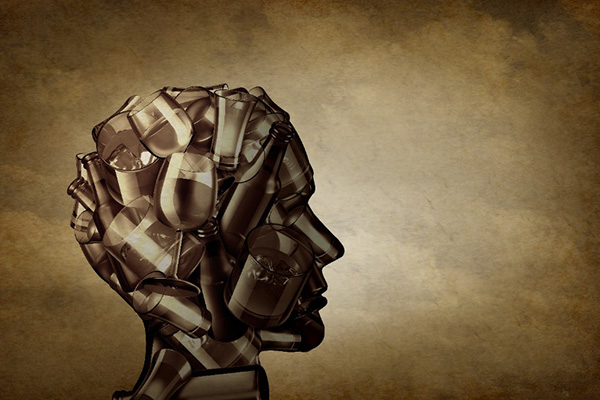traditions
The Healing Energies Of Plant Spirits
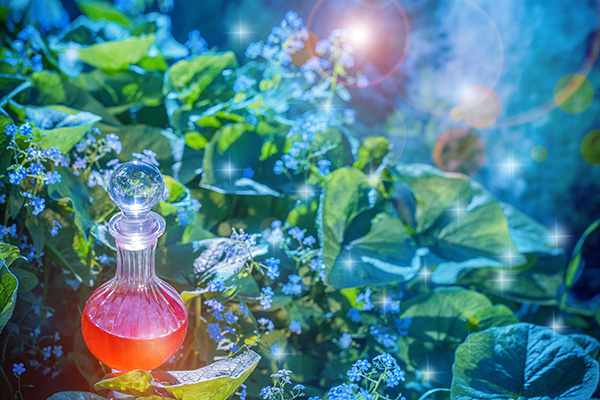 Here in Latin America there is a rich tradition of herbalism and ceremonial, shamanic spiritual medicine. There has also been in recent times a global revival of plant medicine and natural healing practices, as well as a renewed interest in related indigenous wisdom traditions found in many cultures all over the world.
Here in Latin America there is a rich tradition of herbalism and ceremonial, shamanic spiritual medicine. There has also been in recent times a global revival of plant medicine and natural healing practices, as well as a renewed interest in related indigenous wisdom traditions found in many cultures all over the world.
As a result of modern science, we have largely abandoned and forgotten the fountain of knowledge the aborigines had regarding healing and natural harmony. It took us several centuries to realize what we have lost and overlooked in the process.
Herbalism is however not only about natural medicine potentially having fewer side effects than modern pharmaceuticals. It is also about the innate energetic qualities we share with a particular plant. This approach to healin stems from a worldview that fully integrates man and nature.
In local tradition, near the Andes, the timing is just as important as the type of plant used for healing purposes. Depending on the season, or the phase of moon, for instance, the plant’s properties will vary, and its effectiveness less than optimal if used at the inappropriate time.
Both the healer and their patient’s attitude towards the plant itself is also an important factor in the healing process, as the respect and gratitude shown to the plant will determine its healing ability.
In shamanic herbalist practices it vital to understand that all entities are considered to have elemental energy, including plants and humans. This is the metaphysical premise of all plant medicine and magic. In fact, for the traditional herbalist all plants have spirits. And each one has specific faculties and properties at different levels or frequencies that can heal us in mind, body and soul.
A Solstice Resolution For The Love Warriors
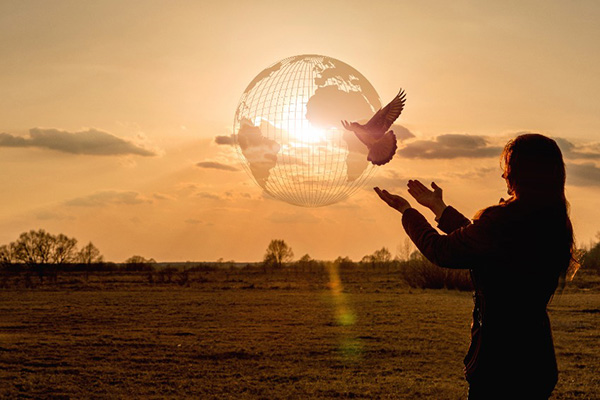 The December solstice is upon us toady. The Sun is currently directly above the Tropic of Capricorn in the Southern Hemisphere, marking the shortest day of the year in the Northern Hemisphere and the longest day of the year in the Southern Hemisphere. Traditionally, the solstice is the most spiritual time of the year in many cultures. The solstice season is a time to cultivate our soul purpose and life journey by reflecting on the year that has been, as well as the new year to come.
The December solstice is upon us toady. The Sun is currently directly above the Tropic of Capricorn in the Southern Hemisphere, marking the shortest day of the year in the Northern Hemisphere and the longest day of the year in the Southern Hemisphere. Traditionally, the solstice is the most spiritual time of the year in many cultures. The solstice season is a time to cultivate our soul purpose and life journey by reflecting on the year that has been, as well as the new year to come.
For me, 2022 has been a year of finding increased divine connection and inner strength and peace by expanding my psychic gifts. This year I have particularly focused on expanded my telepathic abilities to promote compassion, love and peace in turbulent, chaotic situations and an intolerant post-pandemic world.
I am proud to report that I have made significant progress. For example, many months ago, my daughter and I were on a public bus together, when the driver aggressively started yelling at a young passenger. He became so unhinged that he stopped the bus, ordered him to get out, and even started start throwing things after him. However, sending out ‘happy vibes’ was not yet my first line of defense back then. Instead, I resorted to calling 911. The city’s transport authorities ultimately dealt with the driver.
Recently, I was confronted with a similar situation, when a bus driver cussed out a child for not wearing a coat. But this time, instead of reporting the driver, I focused on bringing calm and safety telepathically to the driver and the other passengers. It worked, as she soon focused on other matters at hand, such as the flow of traffic, instead of escalating in her anger towards the child.
Using The Four Elements In Your Spiritual Practice
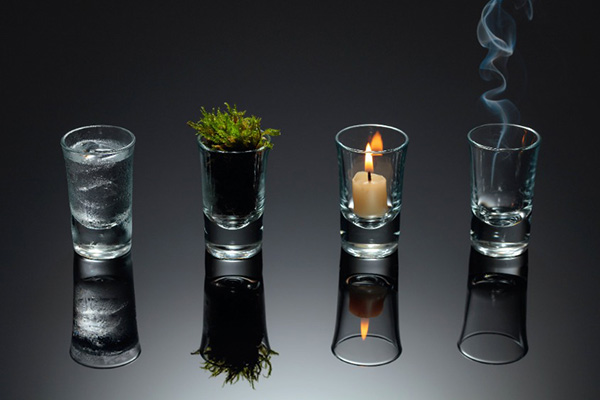 Our ancestors worked with the elements in their metaphysical and spiritual practices. The four classic elements are found in many wisdom traditions, while some also employ additional elements such as metal, wood, and spirit.
Our ancestors worked with the elements in their metaphysical and spiritual practices. The four classic elements are found in many wisdom traditions, while some also employ additional elements such as metal, wood, and spirit.
The four primary elements can be a meaningful resource in one’s personal practice. It is powerful in prayer, meditation, manifesting rituals, energy healing, divination, psychic protection, and self-care. For example, I use all four elements in my New Moon and Full Moon ceremonies. Depending on what I am working on, I also create specific rituals throughout the year focusing on one metaphysical attribute of a particular element and call upon that energy to assist me in my own life.
Air Energy
The element of air represents consciousness, intuition, understanding, and the mind. I call upon this element when I am attempting to figure out something complex or when I need to make a decision about something important.
To work with this element, I light an incense stick. Since the movement of air is not something visible, the smoke from an incense stick is a symbolic way to represent it. I then focus on the smoke and use an invocation to call upon the element of air.
I call upon the element of air to provide me clarity and understanding.
I invoke the element of air to elevate my consciousness above this fear
People often assume that intuition is the innate ability to know absolutely everything, especially about the future. However, authentic intuition is about knowing what we need to know regarding a specific situation. The element of air can awaken what we need to know without providing too many spoilers along the way.
Simple Energy Work To Balance The Elements
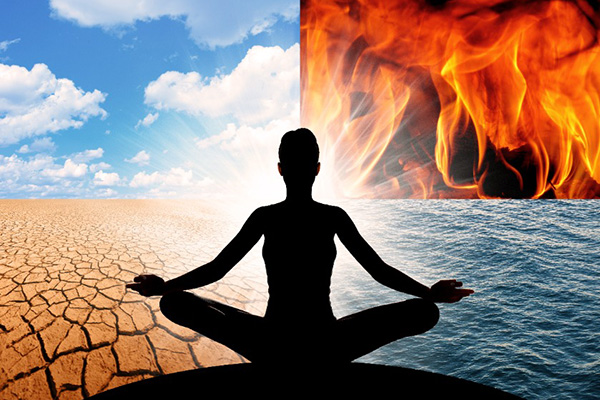 The ancients believed that the Universe is composed of five elements, namely Earth, Air, Fire, Water, and Spirit (Ether). These classical elements are an important theme in Ancient Greek, Indian and Japanese philosophy, Hermeticism, Hinduism, Buddhism, Medieval Alchemy and Western Astrology.
The ancients believed that the Universe is composed of five elements, namely Earth, Air, Fire, Water, and Spirit (Ether). These classical elements are an important theme in Ancient Greek, Indian and Japanese philosophy, Hermeticism, Hinduism, Buddhism, Medieval Alchemy and Western Astrology.
The elements are therefore also a key aspect of various ancient healing practices and metaphysical traditions. Traditional Chinese Medicine in particular stresses the important role of the elements in healing. Working with the elements is believed to create and maintain energetic harmony and balance which is essential to good health and holistic well-being.
The classical elements are also a key component in Neo-Pagan, Wiccan and Druid teachings and practices. When casting a protective circle in a ritual, for example, the practitioner traditionally calls the four cardinal directions or ‘the four corners’ (North, East, South and West), along with the corresponding elements for each.
The five elements are essentially energies. Energy can be experienced in different ways, however, when the elements are aligned within us, we tend to be able to better handle imbalance and adversity in the outer world.
The energetic harmony of the elements within us can easily get ‘out of whack’ and become imbalanced or blocked due to everyday life events and circumstances, but with increased self-awareness and a few simple self-care habits, you’d be surprised how easily your natural state of energy balance will come back into alignment.
Divination And The Element Of Air
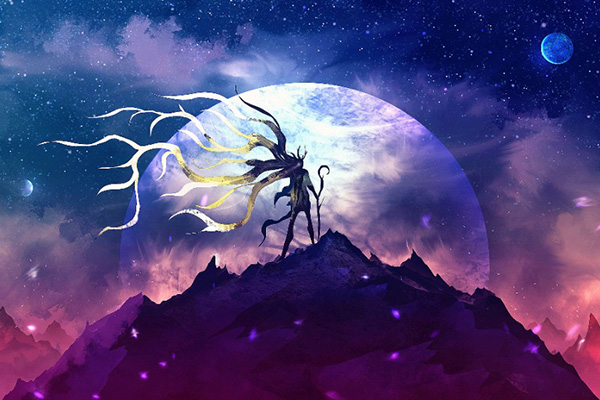 Various ancient cultures, metaphysical traditions and mystical teachings identify five elements that constitute the world we live in. In Western occult traditions, these elements are typically arranged in the hierarchical order of spirit (aether), fire, air, water, and earth.
Various ancient cultures, metaphysical traditions and mystical teachings identify five elements that constitute the world we live in. In Western occult traditions, these elements are typically arranged in the hierarchical order of spirit (aether), fire, air, water, and earth.
Spirit or aether is the nonphysical element (or ‘fifth element’) that serves as a bridge between the physical and the metaphysical realms. Spirit is the bridge between the body and soul.
Fire is the masculine element representing inner strength, transformative power, courage, protection, purification, and assertive action.
Air is the element associated with creativity, knowledge, learning, mental intention and the universal life force.
Water is the feminine element of emotion, intuition, inner reflection and the subconscious.
Earth represents grounding, stability, fertility, family roots, and the cycles of death and rebirth.
Air is my favorite element in spiritual practice, as is associated with ideas, concepts, inspiration, and innovative thinking. It is also the element of wisdom and divination.
Working with the air element sharpens ideas, enhances experiments, and paves the way for new inventions. Musicians and artists are typically inspired by the element of air. Air is however a fickle element as it can come as a gale-force hurricane, or a calm, soothing breeze…just like our thoughts.
The Supreme Source Of All Healing
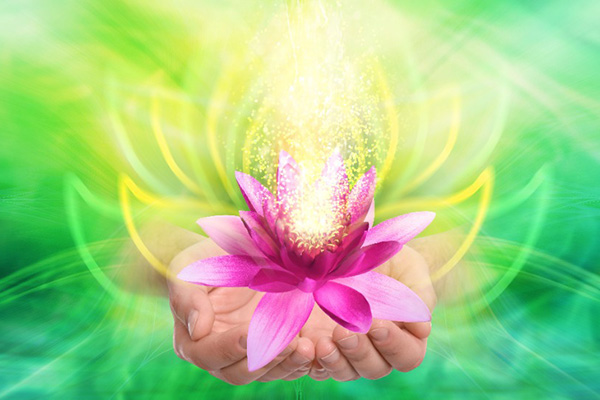 Spiritual practice is unique for every individual. I have been drinking from the well of wisdom in the Vedas for the past 35 years, especially the Srimad-Bhagavatam, also known as the Bhagavata Purana, one of Hinduism’s eighteen great puranas.
Spiritual practice is unique for every individual. I have been drinking from the well of wisdom in the Vedas for the past 35 years, especially the Srimad-Bhagavatam, also known as the Bhagavata Purana, one of Hinduism’s eighteen great puranas.
The Vedas are the original Sanskrit texts of India’s ancient spiritual culture featuring a vast body of wisdom in every field of human life, to help the soul navigate this world and reach the ultimate destination beyond.
This ancient manual of life was compiled by Srila Vyasadeva, who is revered by great saints and seers as a literary incarnation of God. In Sanskrit, he is called a saktyavesa-avatara, which means one who is empowered with energy of Divinity to fulfill a distinct purpose. In the case of Vyasa, his Divine purpose was the writing of everything that humans need to know to fulfill their aims and completely awaken spiritually.
Although Vyasadeva was an avatar, and therefore not an ordinary person, he felt despondent after composing all the Vedas. His guru, Narada Muni, the great sage among the demigods, then appeared to him and explained that the cause of his despondency was that he had not yet fully glorified the personal feature of the Absolute Truth.
Taking this to heart, Vyasadeva then meditated deeply on the Supreme Personality of Godhead and wrote Srimad-Bhagavatam from his matured and purified realization.
In Vyasadeva’s own estimation, the most profound of all spiritual wisdom within the Vedas is found within the Srimad-Bhagavatam. And the cream of that cream he describes as bhakti, devotional service to the Supreme Personality of Godhead.
